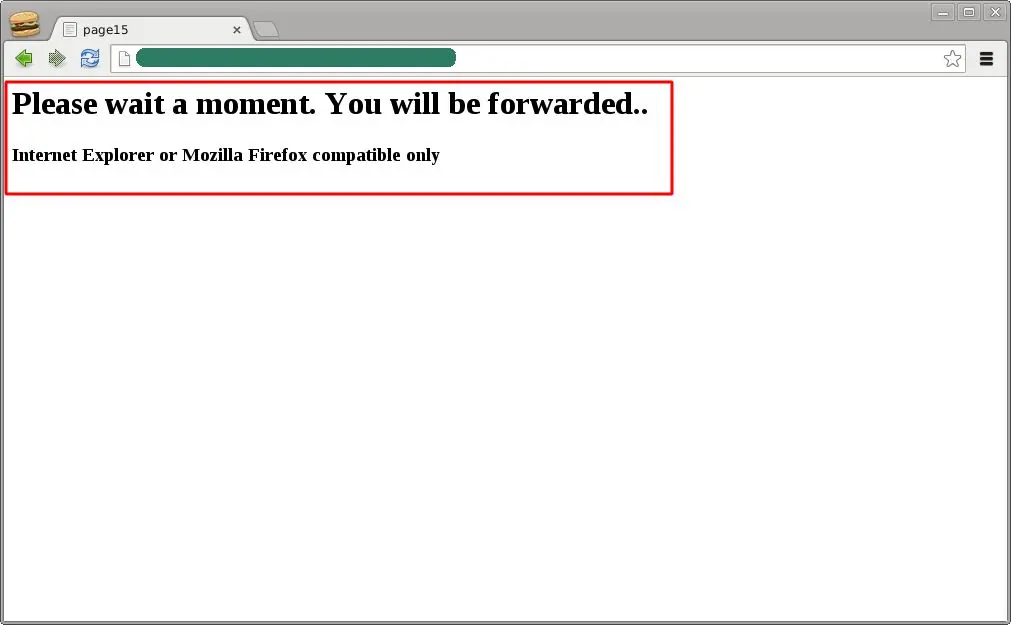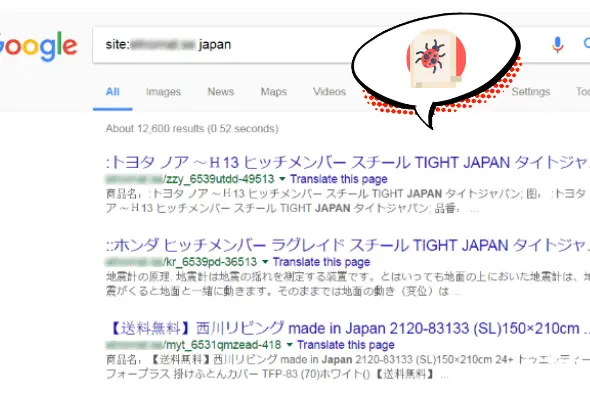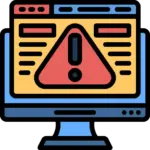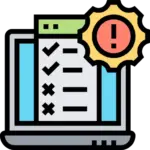As modern technology evolves rapidly, so are website hacks.
Ever since more traditional businesses have shifted to the Internet to conduct business due to the effects of the pandemic. There is a significant rise of hackers with more website hacks becoming more advanced than ever. To give a heads up, here are the three types of hacks that our clients’ website normally receive.
Types of Website Hacks
1. Redirect Hacks

What is it: Hacks that redirect your viewers to spam websites which will sell illegal items with your URL merged with it.
Why it’s dangerous: Your website will have the risk of suspension imposed by Google as Google may perceive your website is selling the illegal items based on the Google policy. Unless you are able to show solid evidence to Google that it is not your wrongdoing, your website will never be able to operate again. All the effort in developing the website will be gone just like that.
2. SEO Hacks

What is it: Hacks that may affect your SEO rankings by changing the meta title and meta description with Japanese words.
Why is it dangerous: Google will remove your website from top rankings as it perceives your meta title and meta description to be irrelevant to the website content. Thus it will damage:
- web visibility
- web traffic
- lead generation
3. Black Screen Hacks

What is it: Hacks that completely wipe out the website, leaving a black screen with devious information about the hacks.
Why is it dangerous: The worst hack when all the consequences mentioned above and the risk of having your data leaked is a nightmare to even think about it.
Let’s say you have encountered one of the scenarios above, there are 5 essentials steps to recover your website.
5 Steps To Check Your Website
1. Check Warnings

There is an issue if you have come across these statements, “This site contains malware.” or “The site ahead contains harmful programs.”
2. Check With Hosting Provider
Immediately contact your hosting provider to confirm the hack is an actual hack or just a loss of service.
3. Be Mindful Of Website Blacklists

Ensure to register your website with Google Search Console to avoid your website from being blocked by Google Blacklist issue.
4. Change Your Passwords

Change all of them with a different and complete wording. To ensure the password to be strong, please have the combination of:
- Numbers
- Uppercase and lowercase letters
- Symbols
5. Restore Website Backup
Re-upload the backup of the website provided that the hosting account is not corrupted.
Here’s The Bad News…
However at times, reality paints differently when our contents could not be retrieved upon being hacked just like our client, IA Essential Sdn Bhd. Thankfully, we had helped them rebuild their website to resolve this unforeseen circumstance.
‘We enjoyed working with the LOCUS-T team. They are very resourceful, approachable, responsive, helpful and committed. They have helped us to bring out our conceptual ideas to reality. I would highly recommend the same team that we had worked with to others for the above reasons.’ – Mr Chong Kian Soon – Founder & CEO of IA Essentials

If You Want To Be Safe,
Especially when your website contains crucial information, the best way is to have a web maintenance to be implemented in your website.
Don’t have much time to explore it? Reach out to us now, we know the best web maintenance for your website
- served over 7,000 clients from both SMEs or corporate
- Over 23 years of local experience in web development





